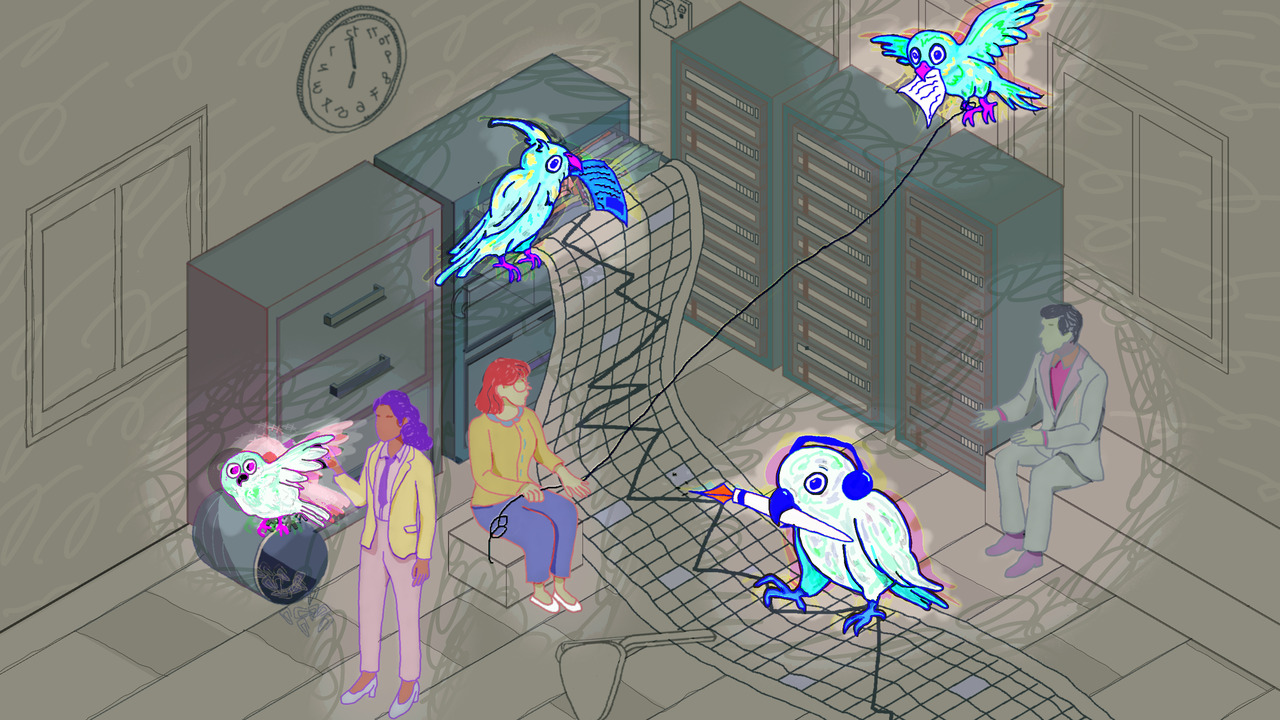AI Assisted AR Assembly: Object Recognition and Computer Vision for Augmented Reality Assisted Assembly
PositiveArtificial Intelligence
- An AI
- The significance of this development lies in its potential to revolutionize assembly workflows across various industries, minimizing errors and improving productivity by automating the identification and placement of components.
- While no related articles were identified, the introduction of AI in assembly processes reflects a broader trend in technology integration, emphasizing the importance of automation and efficiency in modern manufacturing.
— via World Pulse Now AI Editorial System




